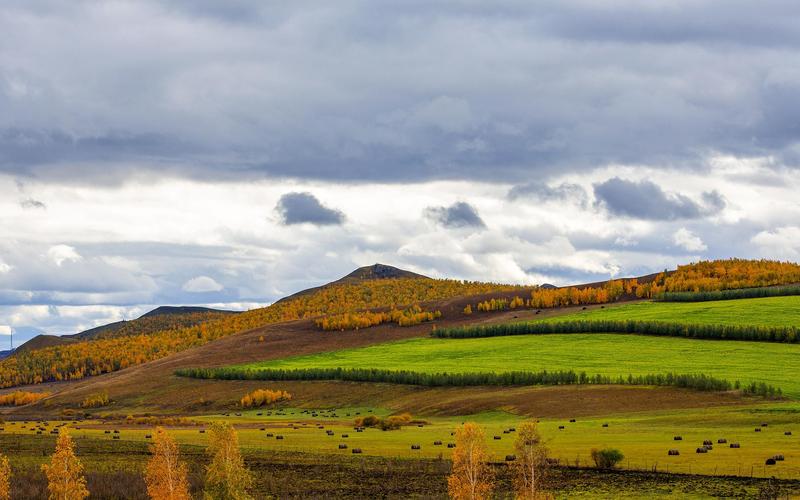Celebrating Diversity: Exploring the Beauty of Folk Culture Unlike Popular Trends
Folk culture is the essence of a community that has been passed down through generations. It reflects the customs, traditions, and beliefs of a particular group of people. Each folk culture has a unique identity that is a reflection of its history and societal values. In this article, we will delve deeper into the beauty of folk culture that sets it apart from popular trends and why it should be celebrated.
The Richness of Diversity in Folk Culture
Folk culture is diverse, with each culture possessing a unique identity that sets it apart from others. The beauty of folk culture lies in the diversity of its customs, traditions, music, art, and clothing. These aspects of culture are a reflection of the history, beliefs, and values of that community.
For instance, the Maasai tribe in East Africa has unique clothing, adorned with colorful beads, intricate patterns, and bright colors. Their garments are a reflection of their nomadic lifestyle and use of materials available in their environment.
Similarly, music is a crucial aspect of different folk cultures. Each culture has its music style that reflects its mood, emotions, and rhythm. For instance, the flamenco music of Spain is a reflection of its vibrant and passionate society.
Why Folk Culture Should Be Celebrated
In today’s world where popular trends dominate the media, it is essential to recognize the importance of folk culture. Folk culture not only reflects a community’s traditions and values but also its history and way of life. It enriches our understanding of the world and helps us appreciate diversity.
Moreover, folk culture is a source of inspiration for many contemporary artists. It provides them with a unique perspective on life and opens doors to new creative possibilities.
Folk culture also acts as a bridge between different communities. It helps to connect people across borders, ethnicities, and backgrounds, fostering understanding and respect for each other’s cultural heritage.
Examples of Folk Culture Celebrations
Folk culture is celebrated all around the world in various forms. Here are a few examples that showcase the richness and diversity of folk culture.
– The Carnival of Venice, Italy, is an annual festival where people wear intricate masks and costumes that reflect the city’s history and culture.
– The Day of the Dead, celebrated in Mexico, is a day where families come together to remember their ancestors and loved ones who have passed away. It is a celebration of life and death that reflects the country’s indigenous heritage.
– The Holi festival in India is a celebration of colors that represents the triumph of good over evil. It is a celebration of unity and brotherhood that has been celebrated for centuries.
The Way Forward
In conclusion, folk culture is an essential aspect of our heritage that reflects the diversity of our world. It is a source of pride, inspiration, and identity for many communities. We must promote and celebrate folk culture to ensure that it continues to enrich our lives for generations to come. Let us embrace our cultural roots and recognize the beauty and uniqueness of folk culture.
(Note: Do you have knowledge or insights to share? Unlock new opportunities and expand your reach by joining our authors team. Click Registration to join us and share your expertise with our readers.)
Speech tips:
Please note that any statements involving politics will not be approved.
